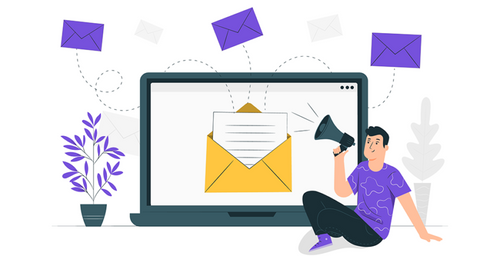In the intricate dance of digital marketing, timing is not just a step - it's the entire choreography. As businesses and marketers, we often ponder over the content of our emails, but how much thought do we give to their timing? The reality is, when you send an email can be just as crucial as what's inside it. This guide will help you unlock the secrets of optimal email campaign timing, ensuring your message not only reaches your audience but resonates with them.
1. Understanding Your Audience's Online Patterns
The cornerstone of effective email timing is knowing when your audience is most active online. This varies across different demographics, professions, and lifestyles. A busy executive might check emails early in the morning, while a college student might be more responsive in the afternoon. Utilizing tools to track email open and engagement rates can give you a clearer picture of your audience's habits.
2. Navigating Through Time Zones
Time zones can be tricky but are crucial in global outreach. Sending an email at 8 AM EST could mean an inconvenient 3 AM ping for someone in another part of the world. Segmenting your email list by geography ensures that your message arrives at a reasonable local time for all recipients.
3. Weekday vs Weekend: What Works Best?
The day of the week plays a significant role in email open rates. Historically, Tuesdays and Thursdays have shown higher engagement rates. However, depending on your industry and the nature of your content, weekends might work better. The key is to test and analyze the responses to find what works best for your specific audience.
4. Leveraging Seasonality and Events
Aligning your email campaigns with holidays, seasons, or industry events can significantly enhance engagement. For retail businesses, emails timed around major shopping events like Black Friday can drive sales. However, be mindful of email overload during such peak times and strive to stand out.
5. Frequency and Consistency: Striking the Right Balance
How often should you send emails? Too frequently, and you risk annoying your audience; too sparingly, and you might fade from their memory. Finding this balance is vital. Start with a moderate frequency and adjust based on feedback and engagement rates.
6. Embracing Automation for Timely Delivery
Automation tools can be a game-changer. They allow you to schedule emails in advance, ensuring consistent and timely delivery. Some advanced tools can even automate emails based on user behavior, like sending a welcome message immediately after a user subscribes.
7. Continuous Testing and Optimization
Remember, there's no universal 'best time' to send an email. It varies from business to business, audience to audience. Regular testing and analysis are essential. Keep experimenting with different days and times, and monitor how your audience responds.
Conclusion
Unlocking the best time to send your emails can transform your digital marketing efforts. By understanding your audience, respecting time zones, choosing the right days, aligning with events, finding the right frequency, using automation, and continually testing, you can ensure your emails are as effective as possible. This guide is your first step towards mastering the art of email campaign timing - the rest is up to you!



